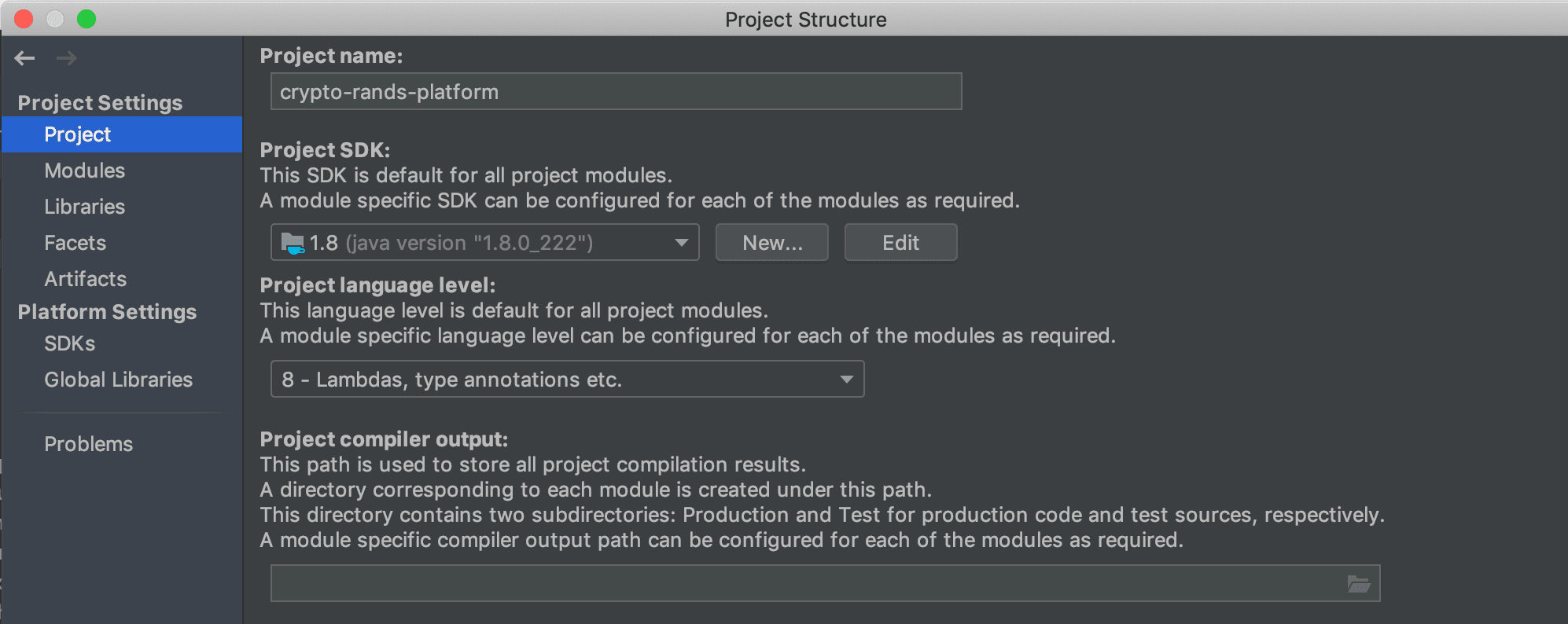

- TEST FOR JAVA VERSION ON MAC TERMINAL FULL
- TEST FOR JAVA VERSION ON MAC TERMINAL CODE
- TEST FOR JAVA VERSION ON MAC TERMINAL WINDOWS
GitHub: Compatibility Swagger Codegen Version
TEST FOR JAVA VERSION ON MAC TERMINAL CODE
The source code for the Swagger Codegen can be found in GitHub. "/Applications/Utilities/Java/Java Web Start.The Swagger Codegen is an open source code-generator to build server stubs and client SDKs directly from a Swagger defined RESTful API. Java -cp "/Applications/Utilities/Java/Java Web Start.app/Contents/MacOS/javaws.jar" \ Java -classpath "C:\Program Files\Java\jre1.5.0_11\lib\javaws.jar Ĭ:\Program Files\Java\jre1.5.0_11\lib\deploy.jar" Putting this all together, a basic command-line invocation under Linux might look something like: OSX: "/Users/your_user_id/Library/Caches/Java Web Start"Ĥ) The URL for the WebStart app’s JNLP should be given as a command-line argument. Per-user deployment directory, only needed under OSX System-wide deployment directory, only needed under OSX Setting it to “ -1” will disable the splash screen. This property specifies a port number that is used for communicating with the (native) app that handles showing the splash screen. (This apparently controls caching of the jnlp file, though I haven’t verified this yet.) OSX: "/System/Library/Frameworks/amework/ Versions/1.4.2/Home/bin/java" Windows: "C:\Program Files\Java\jre1.5.0_11\bin\javaw.exe" OSX: "/Applications/Utilities/Java/Java Web Start.app/Contents/MacOS"Ībsolute path of the virtual machine executable to be used The absolute path to the JRE bin directory.
TEST FOR JAVA VERSION ON MAC TERMINAL WINDOWS
Under a Windows or linux JDK/JRE distribution, an additional jar file is needed:Ģ) The name of the WebStart executable class is “ “.ģ) There are a few properties that must be set. Applications/Utilities/Java/Java Web Start.app/Contents/MacOS/javaws.jar You must therefore explicitly add the appropriate jar(s) to your classpath. Here are the steps:ġ) The WebStart classes are not included in the set of standard library jars that are included in the classpath by default. So far so good, but what if you need to launch a WebStart application with more control over the virtual machine settings (e.g., in such a way as to allow debugger connections from JDB), or within the context of a larger application (e.g., in a profiler such as JProfiler)? WebStart is itself a Java application, and hence can be launched like any other such application. The open command hands the URL to the default web browser, which will then invoke WebStart as a helper app, just as if you had clicked on a link to the jnlp file.

This wins points for generality, but will also bring the web browser back into the picture. On OSX you can also use the ubiquitous “ open” command, e.g., The WebStart application will be downloaded and run. If javaws is given the path to a jnlp file, e.g.: In older versions of the JDK, this was also the default behavior for the command if no arguments were given. Javaws simply opens the WebStart control panel, from which you can view or clear the cache and change various preferences. When executed with the -viewer argument, e.g., System/Library/Frameworks/amework/Versions/ 1.5.0/Commands/javaws
TEST FOR JAVA VERSION ON MAC TERMINAL FULL
For example, the full path to the 1.5.0 version is: On OSX, a link is installed as “ /usr/bin/javaws“, and a specific version can be accessed from the appropriate framework directory.

This is located in the “ bin” directory in Linux and Windows distributions of the JDK or JRE. The most straightforward way to do this is to simply use the “ javaws” command included in the JDK. On occasion, though, it is useful to launch WebStart “manually” from the command line, without the overhead of getting a web browser involved. Depending on configuration, desktop shortcuts may be installed to speed up subsequent launches, and cached applications can also be launched from within the WebStart control panel. WebStart is typically registered as the helper application for content with mime type application/x-java-jnlp-file, so the browser downloads the jnlp content and hands it off to WebStart. One generally starts a Java WebStart application by clicking on a link in a web browser. Launching Java WebStart from the Command Line


 0 kommentar(er)
0 kommentar(er)
